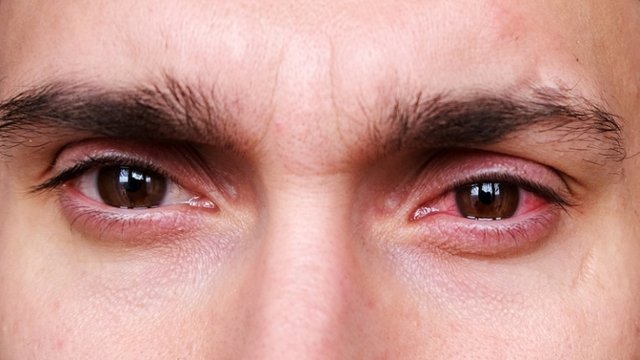Photokeratitis is a severe inflammatory response of the cornea to ultraviolet radiation. Photokeratitis is known as ultra-violet keratitis
and is caused by intensive/ long exposure to UVR sources.
These sources are either natural or man-made. Some of the natural sources are the sun and lightning, and some of the artificial sources are fluorescent lamps, arc welding, backlight lamps, counterfeit currency detectors.
People who experience photokeratitis feel several symptoms; these include pain, foreign body sensation, photophobia, lacrimation and blurry vision. Anyone can be prone to getting photokeratitis, but some people are at a higher risk because of the activities or occupations they are involved in. Some of these people are drivers, lightning technicians, dentists, dermatologists, welders, mountain climbers and skiers. People usually experience photokeratitis in higher altitudes, beaches and snow-filled regions.
Cornea damage by UVR has been shown to be higher before midday and late afternoon than at noon. At these times, the potential eye damage is generally considered to be reduced compared with the peak of the day. The highest dose of UVR reaching earth occurs during summer followed by spring, autumn, and winter. This occurs because of decreasing solar elevation.
A doctor can diagnose photokeratitis by taking a comprehensive case history and examining the eyes. Fluorescein dye staining will reveal punctate areas of uptake under ultraviolet light. The pain experienced may be temporarily relieved with anaesthetic eye drops for the examination. Cool/wet compresses and artificial tears may help with symptoms management. Healing is usually rapid if the injury source is removed. A further injury should be avoided by isolation in a dark room, removing contact lenses, not rubbing the eyes, and wearing sunglasses until the symptoms improve.





This is nice to share friend. I have learn something. Keep it up
Downvoting a post can decrease pending rewards and make it less visible. Common reasons:
Submit
Thanks
Downvoting a post can decrease pending rewards and make it less visible. Common reasons:
Submit